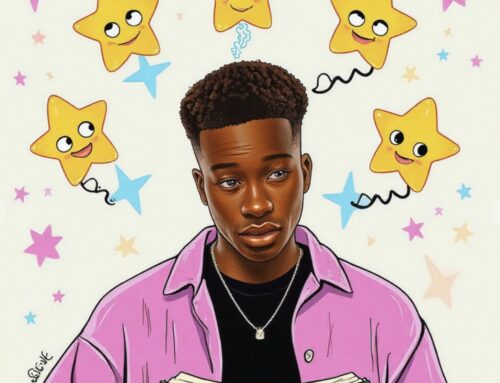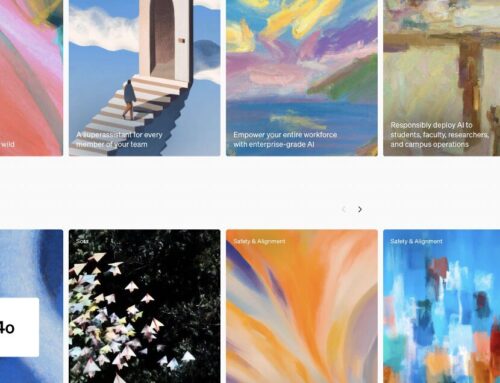The New York Times list for bestselling ebooks is letting self-publishers in, resulting in stories like this one.
Currently, Victorine E. Lieske is not on the list, but another self-released book is:
Both books sell for $.99. What’s interesting, and sort of odd, is that the list mimics Amazon’s bestseller list, but not entirely. Popular self-published writers Amanda Hocking and John Locke are missing from the Times. As the Times footnotes:
Rankings reflect weekly sales for books sold in both print and electronic formats as reported by vendors offering a wide range of general interest titles.
So this is for print titles as well, except Diary of a Mad Fat Girl is not available for sale in print. So there’s a seeming arbitrariness to the Times list. They both do and don’t allow in self-published titles – it would seem that the books are self-selected, not based on actual sales.
99 Cents
While on the subject of low-priced ebooks, Zoe Winters has an interesting piece about not pricing your books so low. From an interview on All Indie Publishing:
I’m not saying everybody who buys 99 cent ebooks is “bad”, but, there is a big number of readers who buy at 99 cents just to hoard. They don’t read, they just buy thinking maybe they’ll “get around to it”. But they didn’t invest enough money in it to really care if they ever read it or not. And many who do read, act “entitled”. A strange but true rule of business is that the customers paying the least amount for a product or service always complain the most and try to squeeze more out of you. I really don’t want to participate in the Walmartizing of literature or cater to that audience.
After getting some flack for this, she writes:
What is the type of reader I don’t want to attract? Is it the type who has sometimes bought 99 cent ebooks? NO. That’s ridiculous. The type of reader I don’t want to attract is the type who is SO price sensitive that they will ONLY pay 99 cents or something else very very low for an ebook.
Looking at the reviews for Mad Fat Girl, this one leaps out –
You bought a book for 99 cents and you expect Jane Austin?
Do you really want that to be the way someone approaches your book? At the same time, the books that are making the bestseller lists are priced at 99 cents – including Amanda Hocking, who mixes up prices, but her success is due in large part because of that price point. So it’s very much a way to break in when you’re competing with the big six who are charging $10 or more for ebooks.
There is a very good case to be made that if someone pays more for a book, they’re more likely to give it their full attention. If 1000 people “hoard” your book, there’s more likelihood that more people will read it than if 100 people buy it at $2.99. The other issue though is that in the long run this hurts writers – it will be much harder to make a living if everyone is expecting to only pay a dollar a book.
Personally, I’m setting my book at $.99 – and the main reason I’m doing that is because the book’s a harder sell. It’s not a straight thriller or commercial book like those on the bestseller list. It’s also part one of what’s intended to be a three part series, so I’m looking to bring in as many readers as possible for part one. I also happen to be giving the book away for free, so I’m in a particular camp – and that free price point isn’t because I’m devaluing my work, but solely because I want as many readers as possible at this stage.
But Zoe Winter’s arguments have made me reevaluate that slightly. Though I do have to wonder if the “hoard” mentality is perhaps more prevalent in some niches and not others – romance readers tend to hoard books more, regardless of price. It would be ironic, though, if self-publishers started generalizing about readers in the same way that readers have generalized that self-published books are “bad.”
Regardless of how those readers approach your book, $.99 seems to be the way for self-publishers to be bestsellers, so it seems hard to argue against this strategy.
Get an Editorial Review | Get Amazon Sales & Reviews | Get Edited | Get Beta Readers | Enter the SPR Book Awards | Other Marketing Services























Hey thanks for the shout out, Henry!
I think some indies will someday make the lists at higher price points. It’s easier to do it at lower price points, yes, but most books on the Amazon top Kindle 100 list are priced over $4.
And yes, most of those aren’t indies, but I think indies are fairly new to the game and expecting to rock the charts way too early. Other authors paid their dues, so why do we feel we get to just jump in and be awesome immediately? Sure, we have Amanda Hocking. And that’s awesome for her, but she’s like the Stephenie Meyer or JK Rowling of indie authors, i.e. a phenomenon/anomaly.
I “almost” made the top 100 last summer when Mated got up to 105 in the Kindle store for awhile at 99 cents. But even though I sold a lot of ebooks that month, I wasn’t making a living. To me, it’s more important to make a sustainable living, than to be on a list. Because I’m running a business. I could forever chase after the top 100 for the exposure, but it’s not like it’s the “only” way to advertise and now that I do make money, I have more advertising options to begin with. The higher price points gave me those options.
I’d still love to be on a list some day and think it’s possible if I hit critical mass at some point and have a book that just really breaks out, but I want to do it at the higher rates. (Because I’m an overachiever that way. :P) That may not ever happen, but if it doesn’t I’ll have a sustainable business paying the bills to console me. 😉
The fact that ANY kind of indie books are making a NY Times Best list is progress. Just because anyone can publish a book through an indie publisher does not mean there aren’t true gems among them. To bar all indie-published books simply because “most” aren’t “worthy of a reviewer’s time” is short-sighted.
There are a great number of talented writers who hold the title of “Indie Author.” Just because you are a self-published writer,does not mean that you don’t work just as hard as a traditionally published writer. The fact that the New York Times list for bestselling ebooks is letting self-publishers in, is a great stride for indies.